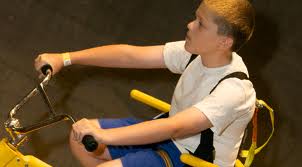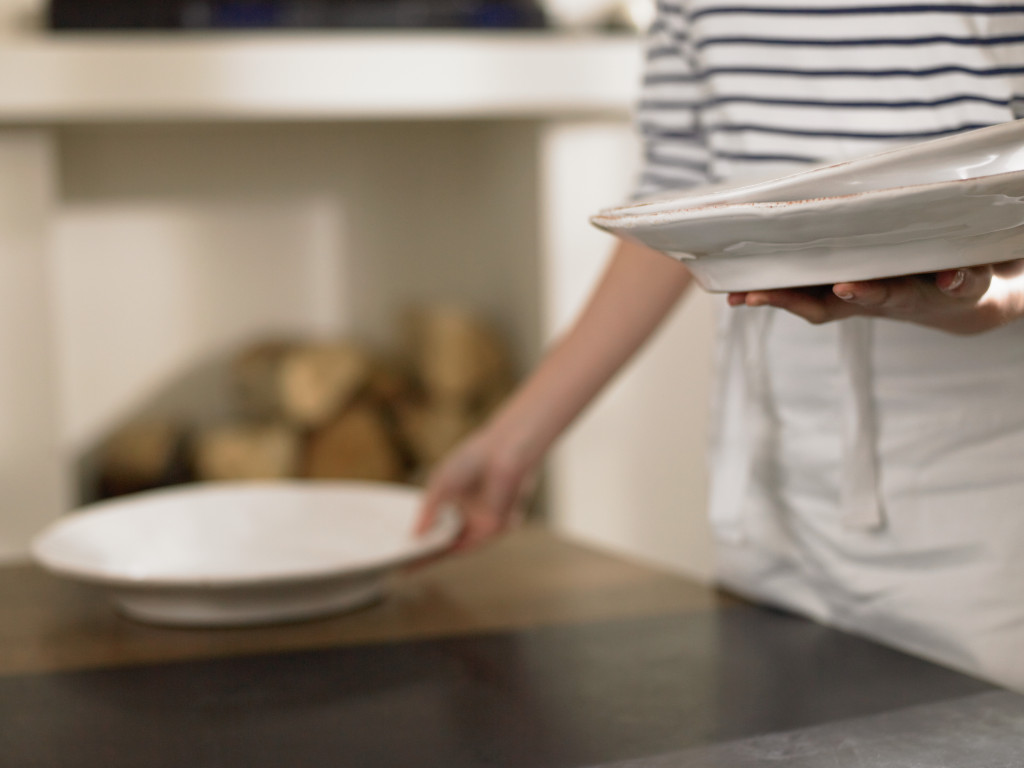firstborn, I’d never changed a diaper! How did that happen? In our culture, we live far from parents and extended family, and we think we should be able to do it all.
When my second baby was born, I had the blues. I wasn’t feeling any emotion towards my baby, and I’d run out of diapers. I stared out the window at the clean ones fluttering on the line. This was 1968 and dryers had yet to be invented. I was so emotionally spent, I couldn’t go get one. I finally got up to get a diaper, and a few months later, my emotions returned, but that experience has given me an inkling of understanding of what others go through.
Three causes of non-medical postpartum depression are a lack of sleep, poor diet, and clutter or disorganization. People used to a perfect environment are now unable to keep up with housework and making balanced meals.
Sleep is crucial now, but hard to get. Be sure the new mom naps during the baby’s nap. Get someone to take the baby at least a couple of hours a day so she can rest. The tiredness is intense.
Get some help. Being a new mom can be lonely and isolating if dad is back to work and family isn’t close by. A friend who can come over and fold some laundry or spend time with the new baby so Mom can get a nap or a shower, is invaluable. This isn’t so crucial for new moms, because they can sleep when the baby sleeps day and night, but after a second child, it’s helpful for a friend to come and take the older child on an outing. It’s pretty rough being dethroned by a new baby, and the older child needs some special attention.
Supplying meals for a new mom is so helpful. New moms need lots of veggies, foods rich in Omega 3 fatty acids and B vitamins such as Riboflavin to bolster against postpartun depression. Friends can send a gift certificate for your favorite resturant, or bring a home cooked meal that can be warmed up or frozen for later. Mealbaby.com is the perfect way to organize meals! It’s free and easy!
If Grandma can’t help or if you need space from family, hire a mother’s helper, a newborn specialist or baby nurse for help at night, or a doula. A newborn specialist can be 24 hours 7 days per week, or just nights. A doula is there more for the mom, preparing meals, taking over baby care for a period, preparing meals, doing housework, or a full night shift. Both are helpful for answering questions, hands on education, and reassuring the new mom that she’s doing a good job.
If there’s someone doing housework, mom will feel free to rest, since naps are her only time to get caught up.
Listen. Care. Validate her feelings. She may break down and cry, feeling inadequate. What she needs now is understanding, listening, caring. Let her vent. Ask questions. Be curious. Don’t try to solve the immediate problem but aks more about how she’s feeling, giving her your time, and lelt her know you care. Most of all, she needs to know she’s doing a wonderful job with her newborn.
Help her connect with a mom’s group or friends she can go on play dates with.
Offer to run errands for her or babysit so she can get out of the house by herself, or offer to run errands with her. Go with her for her six week check-up. Or offer to babysit she she can go out with her husband for a few hours.

























